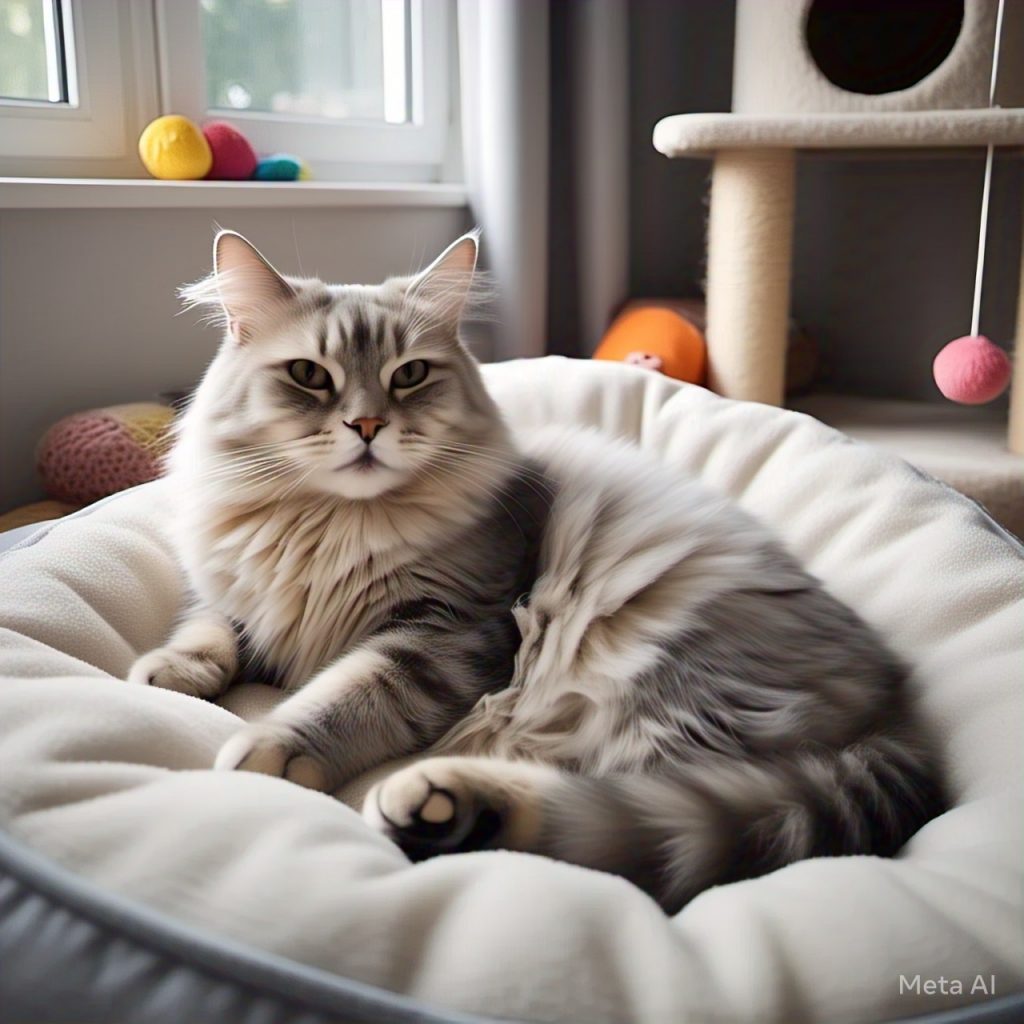If you’ve ever had a female cat go into heat, you know how challenging it can be—for both you and your feline friend. Cats in heat exhibit behaviors like loud yowling, restlessness, and increased affection, which can be overwhelming for pet owners. Understanding how to ease your cat’s discomfort during this time is essential for her well-being and your peace of mind.
In this article, we’ll explore everything you need to know about how to ease a cat in heat, including the science behind the heat cycle, practical tips, and long-term solutions.
Understanding the Feline Heat Cycle
Before diving into solutions, it’s important to understand what happens when a cat goes into heat.
What is the Feline Heat Cycle?
The heat cycle, also known as estrus, is the period when a female cat is fertile and ready to mate. Unlike humans, cats are seasonally polyestrous, meaning they go into heat multiple times during their breeding season, which typically occurs from spring to fall.
Signs Your Cat is in Heat
- Vocalization: Loud, persistent meowing or yowling to attract mates.
- Restlessness: Pacing, inability to settle, or excessive grooming.
- Affectionate Behavior: Rubbing against people or objects more than usual.
- Elevated Tail: Assuming a mating position with the tail raised and hindquarters elevated.
- Increased Urination: Marking territory with small amounts of urine.
How Long Does a Cat Stay in Heat?
A cat’s heat cycle lasts about 4 to 7 days. If she doesn’t mate, she may go out of heat for a short period and then return to it within a few weeks. This cycle can repeat until she either mates or the breeding season ends.
How to Ease a Cat in Heat: Practical Tips
While the heat cycle is a natural process, there are several ways to help your cat feel more comfortable and reduce disruptive behaviors.
1. Provide Extra Attention and Comfort
Cats in heat often seek more attention from their owners. Spend quality time with your cat by:
- Petting and cuddling her to provide reassurance.
- Engaging her in gentle play to distract her from restlessness.
2. Create a Calm Environment
A stressed cat in heat can become even more agitated. To create a calming environment:
- Keep the house quiet and free from loud noises.
- Use pheromone diffusers like Feliway, which mimic calming cat hormones.
- Provide a cozy, secluded space where she can relax.
3. Use Warm Compresses
Some cats find warmth soothing during their heat cycle. Try placing a warm (not hot) compress or heating pad on her lower abdomen to ease discomfort. Always supervise her to ensure she doesn’t overheat.
4. Distract with Toys and Activities
Keeping your cat mentally stimulated can help reduce her focus on mating behaviors. Offer:
- Interactive toys like feather wands or laser pointers.
- Puzzle feeders to keep her occupied.
- New climbing structures or scratching posts.
5. Adjust Her Diet
While there’s no specific diet for cats in heat, ensuring she stays hydrated and eats well can help maintain her energy levels. Offer fresh water and high-quality food.
6. Avoid Letting Her Outside
A cat in heat will instinctively try to escape to find a mate. Keep her indoors to prevent:
- Unwanted pregnancies.
- Exposure to diseases or injuries.
Long-Term Solutions for Managing a Cat in Heat
While the above tips can provide temporary relief, long-term solutions are often necessary to prevent recurring heat cycles and associated stress.
1. Spaying Your Cat
Spaying (ovariohysterectomy) is the most effective and permanent solution to prevent heat cycles. Benefits of spaying include:
- Eliminating heat cycles and associated behaviors.
- Reducing the risk of certain cancers and infections.
- Preventing unwanted litters, which helps control the pet population.
Most veterinarians recommend spaying cats around 5 to 6 months of age, before their first heat cycle.
2. Hormonal Treatments (Temporary Solution)
If spaying isn’t an immediate option, hormonal treatments like megestrol acetate can suppress heat cycles. However, these should only be used under veterinary supervision, as they can have side effects and are not a long-term solution.
What Not to Do When Your Cat is in Heat
While trying to ease your cat’s discomfort, avoid these common mistakes:
- Don’t punish her: Yowling and restlessness are natural behaviors, not acts of defiance.
- Don’t ignore her: Providing comfort and attention can help reduce stress.
- Don’t delay spaying: Repeated heat cycles can lead to health issues and behavioral problems.
When to Consult a Veterinarian
If your cat’s heat cycle seems unusually prolonged, or if she shows signs of distress (e.g., loss of appetite, lethargy, or excessive vocalization), consult your veterinarian. These could indicate underlying health issues that need attention.
Final Thoughts
Helping a cat in heat requires patience, understanding, and a proactive approach. By providing comfort, creating a calming environment, and considering long-term solutions like spaying, you can ease your cat’s discomfort and improve her quality of life.
Remember, the heat cycle is a natural part of your cat’s biology, but it doesn’t have to be a source of stress for either of you. With the right care and attention, you can help your feline friend navigate this phase with ease.
If you found this guide helpful, share it with other cat owners who might be facing similar challenges. And don’t forget to consult your veterinarian for personalized advice tailored to your cat’s needs.

